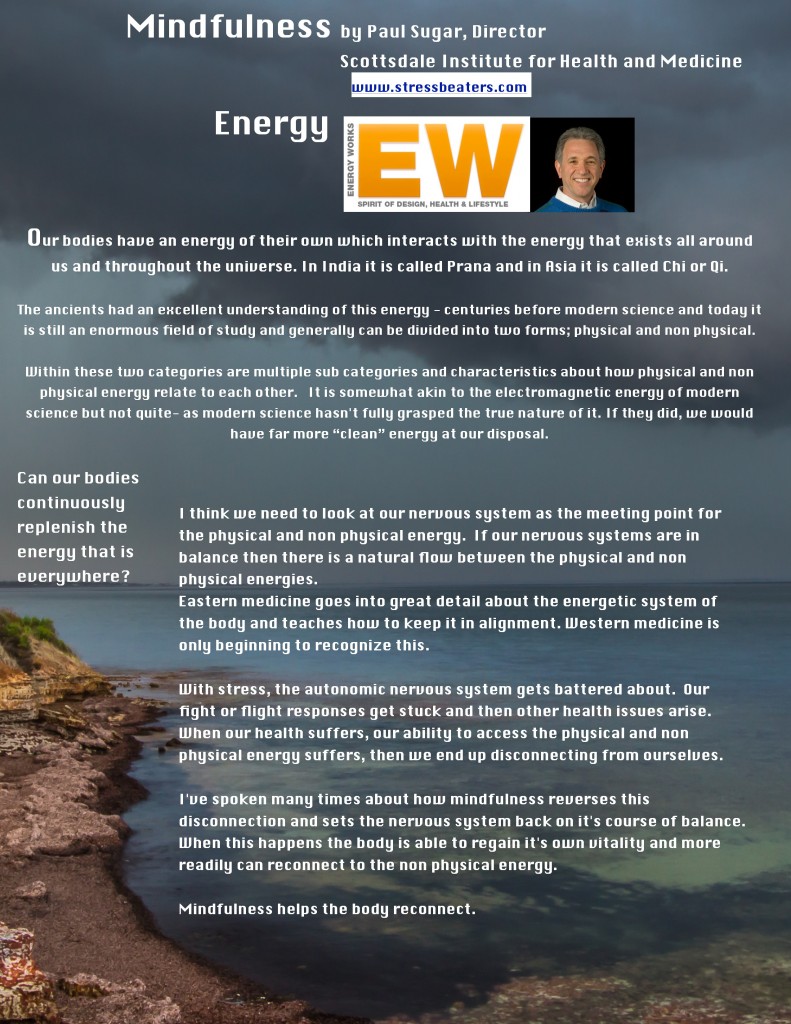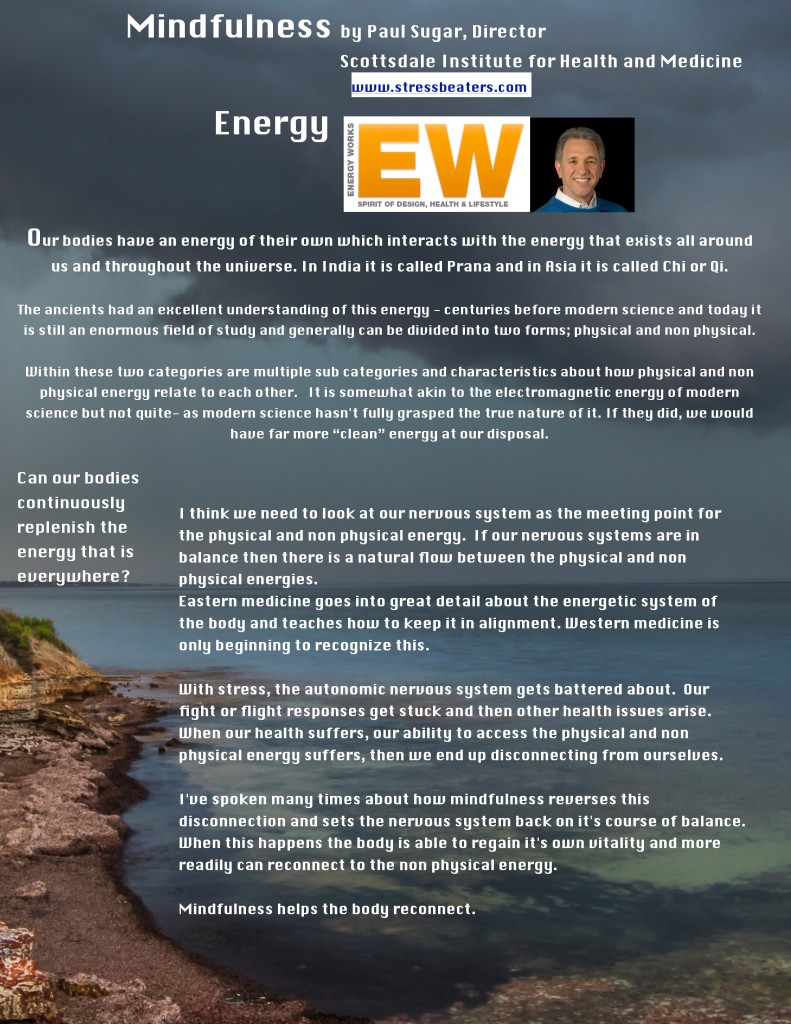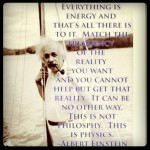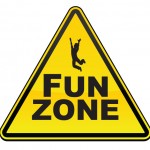The Many Uses of Mindfulness: Boredom and Restlessness

I’m not sure if boredom and restlessness have ever been studied together but two of the first things I encountered when I started practicing mindfulness were boredom and restlessness and I always noticed them together. It was an interesting observation as I can’t say I noticed either very much before I started practicing. Since I noticed it in myself I have become aware of just how prevalent these two things are in people. With restlessness I have come to be able to read body language to the point where I notice all the little movements associated with it. The big one is the leg that constantly is moving up and down while sitting (restless leg syndrome). I become aware of someone’s boredom through conversation and noticing that they have a hard time focusing. We see a lot of boredom and restlessness with ADD and ADHD and we know how prevalent that is.
So where is this coming from? In the world of stress when we have a situation of being stuck in fight or flight and the stress hormones continue to rage unabated we have the phenomenon of getting addicted to our own adrenaline. This is very similar to any drug stimulant addiction but perhaps worse as most people don’t realize the connection and it becomes hard to address. Years of research have taught us the ramifications of being stuck in fight or flight on our adrenal glands. There is an enormous amount of stress on them and sometimes they just shut down. When that happens there is a domino effect and we are also deprived of the adrenaline that we get so used to. At that point we actually go into withdrawal and experience a host of symptoms, two of which are boredom and restlessness. The problem gets compounded when we try to reproduce the adrenaline with destructive behaviors and substances. It’s like an addict trying to get their fix so they can “relax”.
When we practice mindfulness we gradually come out of fight or flight and when we do there is a gradual decreasing of adrenaline and the other stress hormones. When that happens we can experience the same withdrawal that a drug addict experiences. Two of those experiences are restlessness and boredom. As the body normalizes through mindfulness practice and we slowly get used to not having our adrenaline fix the boredom and restlessness go away. This is exactly what I experienced when I was coming out of fight or flight through my mindfulness practice. It took awhile but eventually my restlessness and boredom disappeared. The restlessness was replaced by a sense of calm and stillness. A sense of curiosity, fun and adventure replaced the boredom.
The Many Uses of Mindfulness: Boredom and Restlessness Read More »










